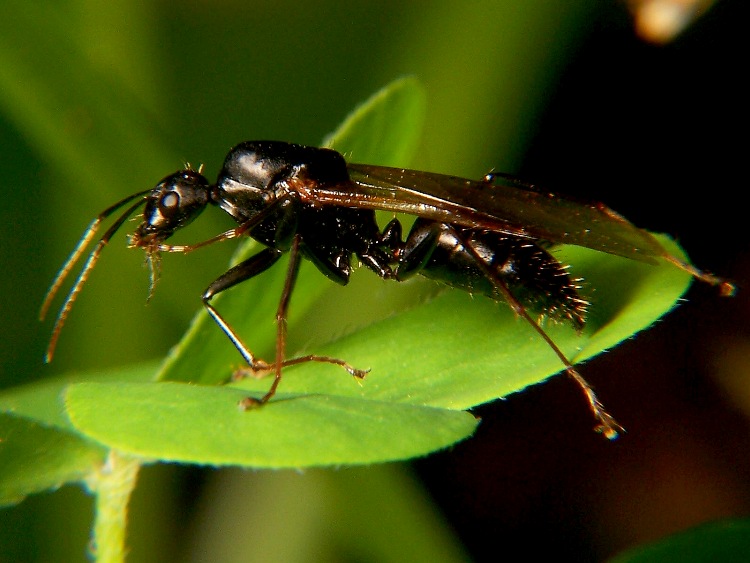 Instead of continually trying to "reinvent the wheel", we've decided to let this blog sit in "archive mode" for a while as we assess how we can best use this format to connect with our readers. We've found that a huge majority of our online friends prefer our Facebook page, where daily program updates, trail conditions, photographs, and more are shared not only by CNC staff, but by YOU as well. That, we feel, is the best of all circumstances, when you are asking questions, sharing discoveries and interacting with us and each other.
Instead of continually trying to "reinvent the wheel", we've decided to let this blog sit in "archive mode" for a while as we assess how we can best use this format to connect with our readers. We've found that a huge majority of our online friends prefer our Facebook page, where daily program updates, trail conditions, photographs, and more are shared not only by CNC staff, but by YOU as well. That, we feel, is the best of all circumstances, when you are asking questions, sharing discoveries and interacting with us and each other. In that spirit, we hope you enjoy perusing the archive of articles and links on live green...naturally and check out our trail map and other information here. For up-to-date information, trail conditions, photo sharing, and to ask a question of CNC staff, please visit our Facebook page at http://www.facebook.com/cncmidland.
For the most complete source of information about Chippewa Nature Center, visit our Home Page at http://www.chippewanaturecenter.org. Here, you'll find a yearly program calendar, information about facilities, hours, directions, newsletters, checklists, affiliate groups, and MUCH more!
As always, if you have a question, comment or concern, please feel free to give us a call at 989.631.0830 or stop by the Visitor Center and chat with us in person. Our facilities are open year round, seven days a week and are free to the public.
Visitor Center Hours: 8am-5pm (M-F), 9am-5pm (Sat), 1-5pm (Sun)
Building closed Thanksgiving & Christmas Day.
Trails open dawn-to-dark every day
No pets, please
Many thanks to all of you who make Chippewa Nature Center a part of your lives. We hope to see you on the trail, on the river, and in the Visitor Center as you Venture Out into the wonderful world of nature!










